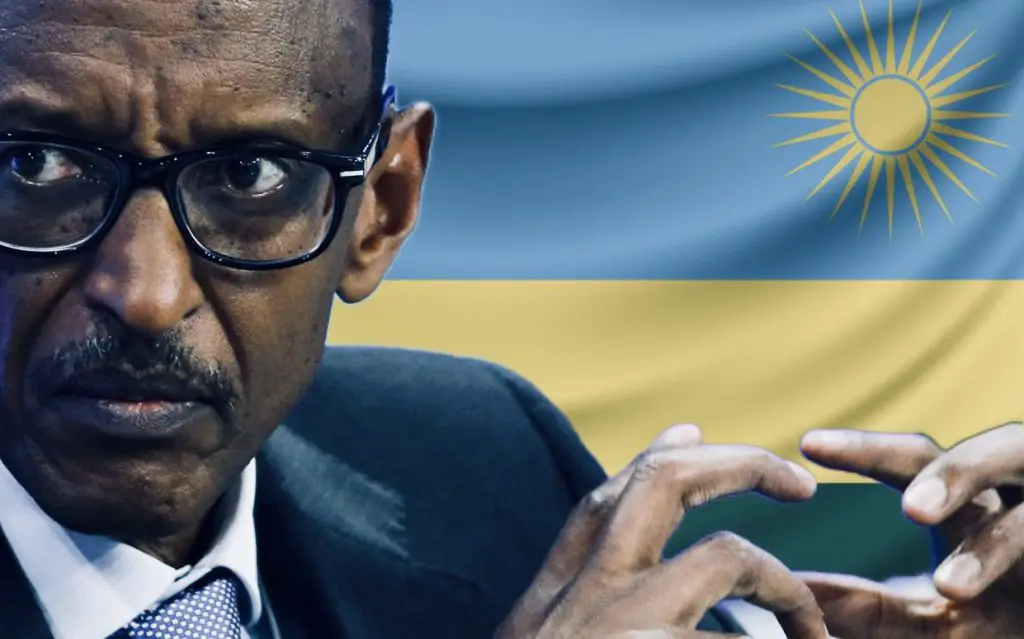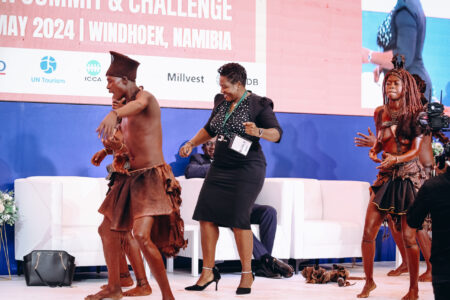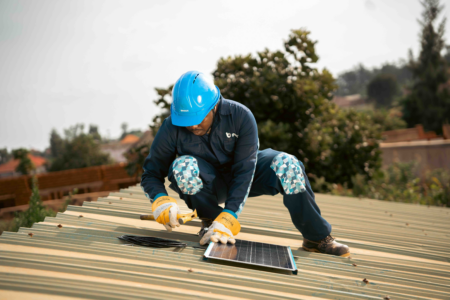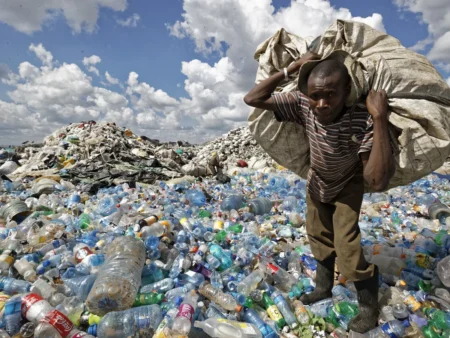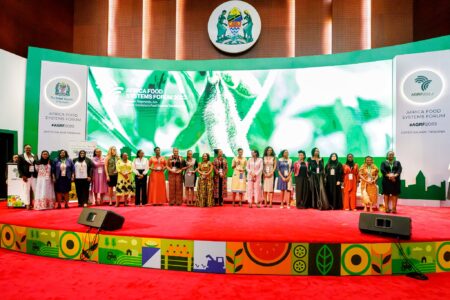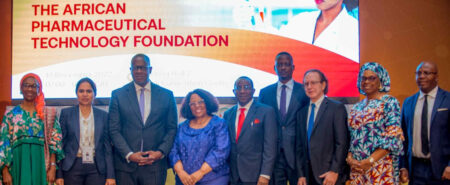The International Monetary Fund projects that Rwanda will post 7 per cent growth in 2022
- Rwanda weathered the Covid-19 pandemic to hit double-digit growth of 10.3 per cent for 2021
- Rwanda’s life expectancy has risen from 49 in 2000 to 66.6 in 2017, while extreme poverty fell from 40 per cent to 16 per cent
The economic growth in East Africa is expected to flourish with the admission of the DRC to the East African Community (EAC).
This move increases the region’s bargaining power and has offered an alternative port of entry that will facilitate international trade. It has also turned the focus to the region and its economic impact on the continent and the world at large.
Among the seven countries in East Africa, Rwanda has reported the most rapid economic growth in the region.
Over the years, Rwanda has endeared itself to the donor community: a nation where human growth metrics were rising, backed by desirable economic growth rates, and a determined government focused on promoting itself as a benchmark and a regional leader.
But critics argued that Rwanda’s state-driven growth model would eventually prove limited. They feared that growth would be limited in a nation with 13 million people and that building on its early rapid growth expansion from a low base would become even more complicated. The critics further argued that the state-driven growth is limited by its nature and that the private sector would need to thrive somewhere along the way for Rwanda to succeed truly.
Despite a challenging economic period in the last couple of years which saw a pandemic contract Rwanda’s economy by 3.4 per cent in 2020, the East African nation remains on the move.
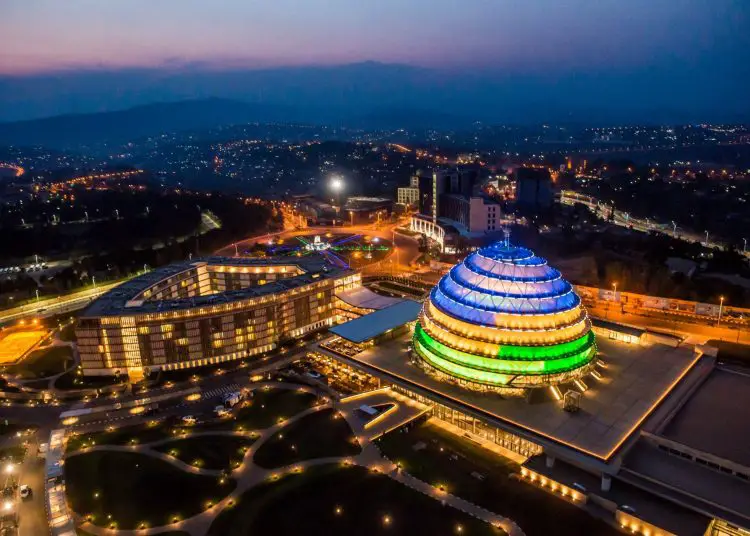
After rolling with the Covid-19 pandemic’s blows, double-digit growth of 10.3 per cent for 2021 sets the tone for further growth, with the International Monetary Fund projecting that Rwanda will post 7 per cent growth in 2022.
A nation that just a generation ago tore itself apart in one of the deadliest displays of division is now working towards a common purpose with a conviction of the convert.
Central to Rwanda’s model to date has been the visionary long-term plans. Over the past twenty years, the government hitherto attributes most economic advances to its vision 2020 plan, which successfully picked much of Rwanda’s low-hanging fruit in healthcare to internet connectivity.
Under the plan, President Kagame’s administration, in power in 2000, has invested in priority areas to maximise benefits to businesses and the majority of Rwanda’s population.
At the heart of Rwanda’s approach has been a combination of business-friendly policies, raising the country’s standing in the World Bank’s 2019 Ease of Doing Business index. Rwanda was ranked 29th in the world and second-best in Africa. There is, indeed, the successful adoption of economic plans to drive development indicators.
Rwanda’s life expectancy has risen from 49 in 2000 to 66.6 in 2017, while extreme poverty fell from 40 per cent to 16 per cent. From 2014 to 2019, Rwanda’s economic growth rate averaged 9.2 per cent, reaching 10.2 per cent in Q4 2019, before shrinking in the wake of the Covid-19 pandemic.
Even as the country recovers from the pandemic, Rwanda remains ambitious amidst a rugged economic backdrop globally. By December 2021, the government had surpassed the World Health Organisation’s target of over 40 per cent complete vaccination of citizens. Nevertheless, according to the IMF, the pandemic has exacerbated gender inequalities, unemployment, and poverty, threatening to reverse the hard-won social and economic gains.
To counter these effects, Rwanda is forging ahead with Vision 2050, which lays out the objectives of transforming the country into middle-income by 2035 and high-income by 2050. Economic growth rates of up to 12 per cent are targeted by 2035, levelling off to around 10 per cent from 2036 to 2050.
The main driver for Rwanda’s next national growth phase is the expansion of critical areas of the economy, including energy, education, finance, tourism, manufacturing, infrastructure, agriculture, and the wide technological application by both businesses and government institutions.
Pooling together these divergent ambitions is a master plan to establish Rwanda as a laissez-faire proof-of-concept country where innovative solutions are developed before being exported to other parts of Africa. They hope to eliminate Rwanda’s limited spending power and small domestic market challenges by using its central location to offer investors access to the African market.
Education is a high priority in Rwanda
Rwanda has an average of 19, and only 22 per cent of its population is above 35, making it one of the youngest nations globally.

The multilingual nature of Rwanda enhances its interactions with the broader world. Kinyarwanda, the country’s official language, is hugely common within the region’s other Bantu languages, while most Rwandans speak fluent English and French.
Rwanda has prioritised its education system with an eye to the nation’s future. Vision 2020 ensured that 100 per cent of both boys and girls enrolled in the government’s free universal primary education scheme. Vision 2050 targets to broaden the educational provision to include secondary and tertiary education focusing on vocational skills, particularly relating to technology.
These ambitions sweep across the region as Rwanda looks forward to attracting students, lecturers and ideas from neighbouring nations to learn their trade in Rwanda and then hang around to utilise these skills in Rwandan start-ups.
Three universities have been constructed in Kigali Innovation City (KIC) over the last couple of years to develop and attract the skills required by vision 2050.
Located in the Kigali Economic Zone and covering 61 hectares, the KIC was inaugurated in 2021 to attract contractors and investors with incentives such as cuts in corporate income tax (15 per cent and not 30 per cent) and exemptions from VAT and import tax on ICT equipment.
Africa50, African Development Bank’s infrastructure investment platform, backs this project, recently passing the development phase and currently mobilising financing to existing infrastructure and buildings.
Boosting technology
The Covid-19 pandemic has encouraged the automation and digitisation of more and more private services, which is best illustrated by Irembo’s e-governance platform, which offers Rwandans access to hundreds of government services. The platform is another example of private capital growing its service offering in Rwanda to export it across Africa.
Yet these plans conceive a sizeable financial commitment from lenders and the government. Rwanda hopes to plug that gap with the Kigali Financial Innovation Centre (KIFC), kick-started in December 2019, whose mandate is the transformation of Rwanda into an international financial hub for investors seeking opportunities across Africa.
In November 2021, the KIFC boosted with the inauguration of the $250m Virunga Fund, whose core investors are the Rwanda Social Security Board and Qatar Investment Authority (QI).
Another financing initiative that has been drawing attention in Rwanda is the Green Fund, whose objective is to drive the development of the country’s nascent solar power industry. Most of Rwanda’s energy consumption is covered by hydropower, but to date, little focus has been given to harnessing the power of the ever-present equatorial sun.
With the growth of technological capabilities off-grid, small-scale solar energy is proving a practical way of achieving the government’s goal of 100% electrification of Rwandans by 2024. The Green Fund looks to expedite the process by nurturing both demand and supply for solar panel installation in the country’s remote areas.
Tourism challenges in Rwanda
Rwanda is reviving tourism, another focus area of the country, which proved more challenging in the pandemic era. In 2019, Rwanda posted its best-ever annual tourism results, netting US$500 million, the country’s biggest source of foreign currency, and registered US$2.46 billion of local and foreign investment.
Many visitors visit the Volcanoes National Park, which is among the only places where visitors can see wild mountain gorillas.
The tourism industry was boosted by increasing the number of international airlines flying to Rwanda’s capital and collaboration between Qatar Airways and national carrier Rwanda Air.
By late 2020, phase one of Bugesera Airport, Qatar shall own 60 per cent, shall be complete. The Airport shall handle over one million passengers and 150m tonnes of cargo annually when complete.
The Coronavirus pandemic sucked the wind out of the hospitality sector’s sails in 2020. However, tour companies and hotels received government aid in loan support and subsidies.
With the industry showing motivating signs of organic recovery in 2021, the devastating emergence of Omicron variant dealt another blow to Africa’s grappling travel industry. Future Covid-19 variants could again place recovery in doubt.
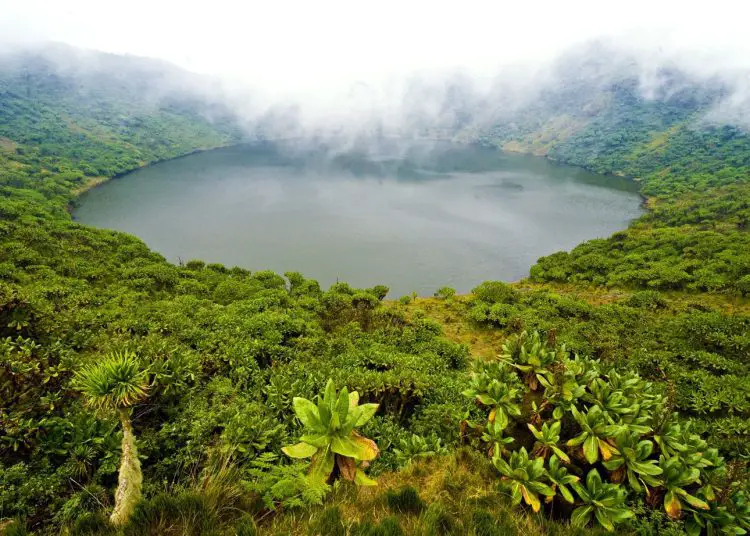
Success in hosting events
That murky scenario jeopardises Rwanda’s plans to acquire a strong standing in the MICE industry (meetings, incentives, conferencing, and exhibitions). Rwanda hosted the second-highest number of conferences in Africa (after South Africa) in 2019, with huge delegations flocking the 2016-built Kigali Conference Centre before the pandemic.
Further, the country’s recent focus on hosting high-profile international sports events, even during the pandemic, could reassure visitors that the nation is ready for the new era of safety-first tourism. The Ministry of Sport has the duty of transforming Rwanda into a leading contender for hosting significant global sporting events.
“Hosting events is part of the strategy to attract investors by offering them an opportunity to find new client bases in new places,” Aurore Mimosa Munyangaju, Rwanda’s minister of sport, says. “We always make sure the private sector is informed of the opportunities that result from developments in the sport. (https://glasshousefarms.org) ”
After a successful hosting of the NBA/FIBA Basketball Africa League in May 2021, Kigali was earmarked to host the men’s and women’s International Volleyball Championships in 2021. Rwanda has since been announced as the host of the Ironman Triathlon (August 2022) and the Worldwide Cycling Championships (2025).
There are significant investments toward sporting infrastructure, including the upgrade of the Amahoro Stadium into a multipurpose arena with the ability to host Paralympic events, tennis, volleyball, basketball, and football. The stadium’s sitting capacity will be raised to 45,000 fans.
The 24-month project is being constructed by Turkish company SUMMA, which completed the nearby Kigali Arena just two years ago, the largest indoor arena in the East Africa region.
Another aspect of Rwanda’s engagement with international sport is to visit Rwanda’s sponsorship of the Paris St-Germain and Arsenal football clubs, with the former opening a training complex in Kigali for football coaches and players.
Export-driven growth
Rwanda hopes to import visitors, but it is also ambitious in manufacturing-led export growth.
Since the creation of the African Continental Free Trade Area (AfCFTA), Rwanda has been a significant proponent. It should enable the country to take advantage of new regional markets for its manufactured products. Although its results are yet fully taken effect because of the Covid-19 pandemic and some details are not yet ironed out, AfCFTA is set to remove tariffs on 90% of intra-African trade.
To aid economic integration, regulations are being harmonised, visa requirements are relaxed, and borders between historical rivals are opened to people and the capital. For Kigali, that means increasing import substitution and lifting exports to nearby tariff-free markets in DRC and Burundi, especially of fast-moving consumer goods (FMCGs).
Several high-profile manufacturing initiatives shoot an eye on this future. Volkswagen opened Rwanda’s first car plant in 2018. The US$20 million investment created 1000 jobs and is expected to cater for the growing regional market for Uber-like vehicle-sharing service providers.
The opening of one of BioNTech’s two African “fill-and-finish” vaccine manufacturing plants, planned for mid-2022, offers an opportunity to boost the nation’s biotech capacity.
Meanwhile, fashion brands are being urged to adopt “Made in Rwanda”. Mining modernisation and agriculture are also priority areas under the 2050 plan.
While Rwanda has proved wrong its doubters, the next few years will be a significant test of whether the nation can maintain its encouraging momentum.
Read: Rwanda to state stand on digital currency by December





